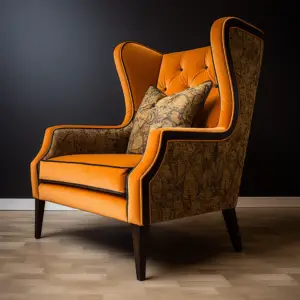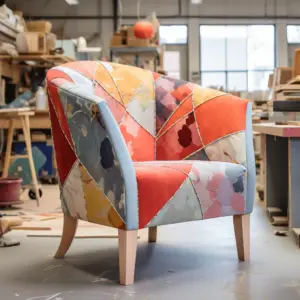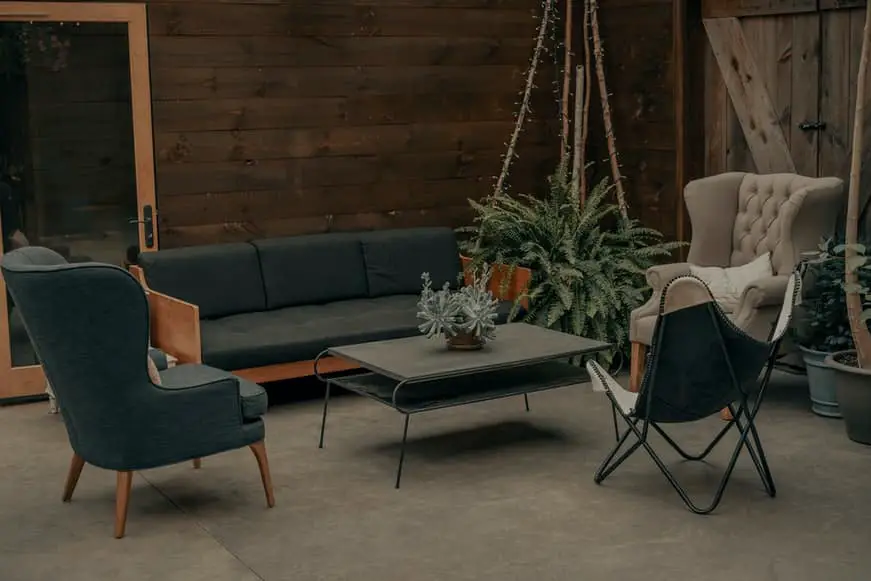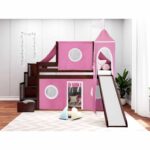Upholstery corners is the textile covering applied to furniture pieces such as chairs and couches. Compared to regular fabric, upholstery comprises a thicker heavier textile that has been weaved to either comprise intricate patterns or is simple and plain. Leather is also a popular choice for upholstery and many high-end items are upholstered in leather.
Upholstery also refers to the process of, or the work of applying said fabric onto furniture. Upholstery as well applies to the covering fabrics used to decorate car seats, airplane seats, hotel booths, salon furniture, office chairs, and in some cases even mattresses.
Even in traditional upholstery where the main materials were animal hides, the skills for the job of upholstery were highly coveted and the job still demands both an aptitude for the technical aspects of textiles, woodwork, and metalwork, combined with the artistic faculty that allows upholsterers to create and finish off furniture that is both sturdy and strong as well as spectacularly prepossessing.
Technically, upholstery only involves finishing the furniture decor or applying the textile, but it is rare to find an upholsterer who does not also make their own furniture, especially home and office furniture, so exceptional upholstery is often associated with well-crafted home and office furniture.
Table of Contents
Types of Upholstery Corners

Without question, the most tricky aspect of upholstery has got to be the corners and as a customer, the appearance of the corners will inform your choice to buy a piece of furniture. Faultless perfect corners are a must and short of that, you are unlikely to show further interest in that couch or chair.
There is a boundless array of upholstery corners and many of them have yet to find common or standard nomenclature but the ones that you will encounter on most occasions do have recognizable tags or names.
There are four broad categories under which nearly all upholstery corners can be classified. They are;
Boxed Corners
Squared joints, called boxed corners, form cubes or cuboids when assembled. A mattress’ corners usually have this joint. This corner is also on seat cushions. Most couches’ armrests have boxed joints, with slight design variances.
The edges of a boxed joint are 90 degrees from all three planes—height, length, and breadth—except for the smoother or softer corner, making it a right-angled joint.
The boxed joint may have a rope-woven welt. Sawing a rope-like welt onto the corner neatens the boxed finish and reinforces the seam.
Some examples of boxed corners include;
Plain seam without welt
Plain seam with welt
Baseball stitch corner
French seam
Mattress stitch corner
Knife-edge Corners
A knife-edge corner has a sharp façade and can resemble a knife’s tip or cutting edge. A knife-edge is found on bed pillows, throw pillows, and bask rest cushions.One of the biggest variations between seat and backrest cushions is this stitching.
Backrest cushions are less compact than seat cushions since they weigh less. Knife-edge corners are weaker than boxed corners, so they are usually braced on throw pillows and backrest cushions. The knife-edge corner can be made using various sewing and gathering techniques, giving you decorative versatility. Knife-edge edges can follow a 90-degree gentler curve. They can be welted or not.
There are many variations but some of the more common variations are;
Butterfly corner with welt
Butterfly corner without welt
Open corner with welt
Open corner without welt
Closed corner with welt
Closed corner without welt and myriad other variations depending on the creativity of the upholsterer. The possibilities are numerous.
Rounded Corners
This type of upholstery corner needs no description it is simply a circular edge. It is nonetheless, the most difficult to craft to perfection. While tiny imperfections pose no real aesthetic challenge, a perfectly made rounded corner will instantly grab your attention unconsciously.
The curved or completely circular edges of footrests, armchairs, armrests, headboards, bean bag seats, meditation cushions, and others require tenuous stitch work and meticulous attention to shape and form to avoid corners that do not match perfectly to the rounded shape of the metallic or wood frame underneath.
Rounded corners provide an attractive motif for further decoration and are undoubtedly the most appealing visually.
Pleated or gathered corners

This is not actually a type of corner as much as it is a kind of motif or decorative design for a corner. Pleats or gathers can be found where there is no joint as well.
The pleating can be dense or scarce depending on how accommodating the furniture is. When done flawlessly, they can be very beautiful but in some cases, they easily become too much and overwhelm the overall design or pattern on the fabric.
Pleats and gathers are by themselves attention-grabbing and should be used sparingly. They are best paired with leather since leather is plain colored and for the most part comes in the darker colors, or with bare fabric that has no patterns or markings.
Experts upholsterers only employ pleated corners in moderate quantity and on larger pieces of furniture for this reason. High-end pure leather couches look absolutely delectable with pleated corners along the panel armrests.
Finally…
There are a number of corners that may not be easy to categorize due to less standard and non-geometrical shapes. What you will notice is that regardless of shape, the neatness and flawlessness of the corners is easily discernible and will outrightly inform your regard for that piece of furniture.


